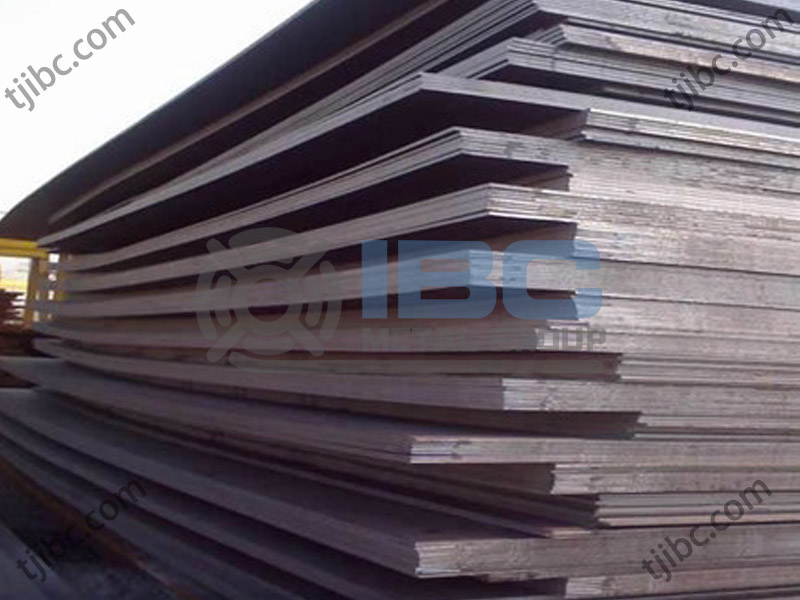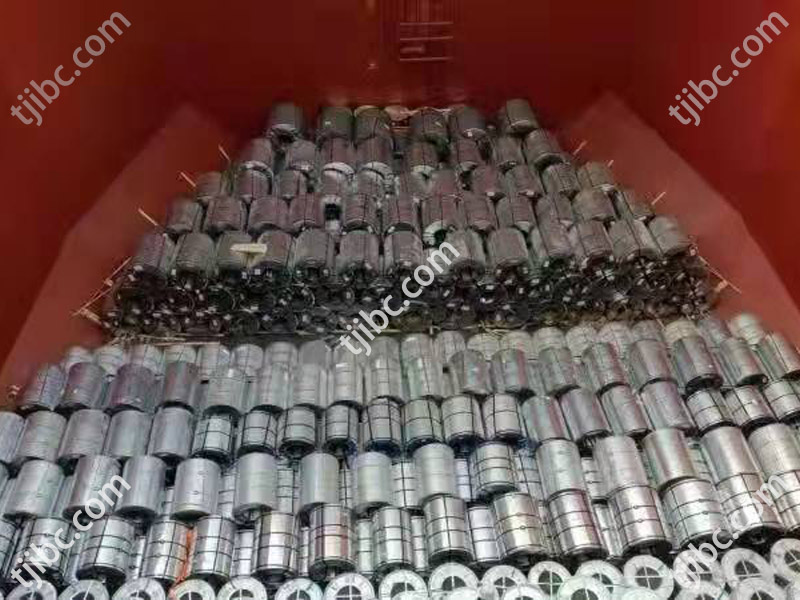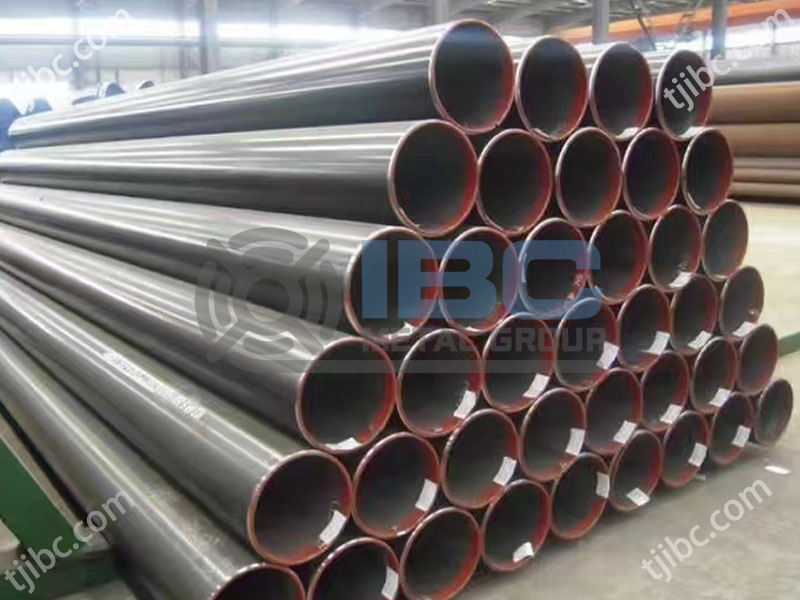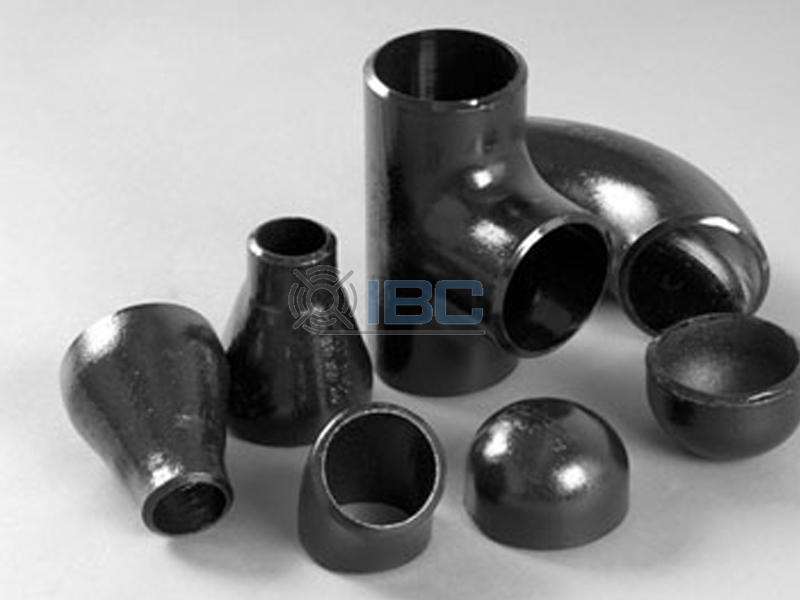Operation process
1. Material selection: Select the right plastic mould steel according to the characteristics of plastic products, the complexity of the mold and the production needs.
2. Pretreatment: Check the steel before use, repair or replace the defective steel. Necessary hardening treatment of steel, such as carburizing quenching, nitriding treatment, etc., to improve its wear resistance and service life.
3. Processing: According to the design drawing, the use of CNC machine tools to process the steel. In the process of processing to ensure accuracy, to avoid errors. At the same time, it is necessary to reasonably choose cutting fluid and cutting speed to improve processing efficiency.
4. Assembly and debugging: Assemble the components together to ensure matching accuracy. Debug the mold to check whether there is leakage, stuck and other problems. If there is any problem, it needs to be corrected.
5. Use and maintenance: During normal use, the mold should be regularly maintained, including cleaning, lubrication, fastening and other measures. Pay attention to the wear of the mold, and replace the parts with serious wear in time. Avoid using molds in extreme environments to extend their service life.
6. Monitoring and testing: Regular non-destructive testing of steel, such as ultrasonic inspection, magnetic particle inspection, etc., to discover and deal with potential problems in time. At the same time, the molding quality of plastic products should be monitored to ensure that production requirements are met.
7. Preventive maintenance: Make a reasonable maintenance plan according to the use of the mold, including cleaning, replacing worn parts, checking electrical parts, etc. Ensure mold is always in good condition through preventive maintenance.
Classification of Plastic Mould Steel
Age hardening type (including mirror die steel) : This steel through aging treatment to obtain higher hardness and wear resistance, suitable for high-precision, high-demand plastic products mold. Mirror die steel is one of them, with excellent polishing performance and mirror effect.
Corrosion-resistant type: mainly for some corrosive plastic materials, such as PVC, etc., with good corrosion resistance and corrosion resistance.
Carburizing type: Through carburizing treatment to improve the surface hardness and wear resistance of steel, suitable for mold requiring high wear resistance.
Pre-hard type (including free-cutting steel) : the steel has been pre-hardened before leaving the factory, with good hardness and wear resistance, while the free-cutting steel also has good processing properties.
Tempering type: Through tempering treatment to obtain good comprehensive properties, such as strength, toughness and wear resistance, suitable for a variety of plastic products mold.
Hardened plastic Mould steel: high hardness is obtained by quenching treatment, but the toughness is poor, suitable for some molds with high hardness requirements but low toughness requirements.
Future Expectations
With the continuous increase in demand for plastic products, especially in the rapid development of automotive, electronics, home appliances, medical and other fields, the market demand for plastic mould steel will continue to grow. At the same time, the market demand for high-quality, high-performance die steel will become increasingly prominent.
In order to meet market demand, IBC Group will increase research and development efforts, improve product quality and performance. And we will promote the development of products to the high-end direction. For example, optimizing smelting technology, developing new alloying elements, improving heat treatment processes, etc., to improve the toughness, corrosion resistance and wear resistance of die steel.
In addition, the future production technology of die steel will develop in the direction of more energy saving, environmental protection and efficiency. Enterprises should strengthen technological innovation and explore new manufacturing processes. Such as 3D printing technology, to reduce production costs and improve production efficiency.
At the same time, pay attention to the application of digital and intelligent technology, such as the use of the Internet of things, big data and other technologies to real-time monitoring and optimization of the production process, improve the level of production automation and product quality.

Contact with us today!



